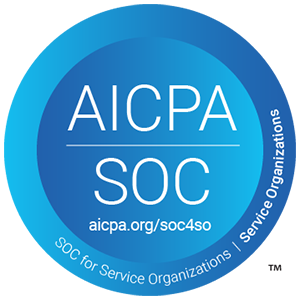
Last week, we discussed the importance of flexible industry standard workflows in healthcare. Now, let’s explore how care managers use the Sevida application to manage their caseloads.
Imagine your care team is responsible for managing thousands of members. Care managers must address members with new or ending eligibility, reach out for consent, conduct assessments, and build care plans. With staffing shortages and never-ending tasks, care managers can quickly become overwhelmed.
Traditional systems rely on daily reports, requiring manual review and prioritization, a time-consuming and error-prone process. Sevida changes this. As soon as a new member is identified, Sevida automatically notifies the assigned care manager, guiding them through each step in real-time.
For example, the first task of a new member workflow would be to obtain consent from the member. The care manager can easily access the member’s profile through the notification on their dashboard, find their contact information, and attempt to call the member. As soon as consent is recorded in Sevida, the care manager receives a notification to complete an assessment for that member. The care manager will schedule a meeting with the member and conduct the assessment. Once the care manager submits the assessment, they will see a notification for creating the member’s care plan. The care plan task remains open while the care manager is in the planning phase. Once the care plan is finalized by the care manager and set as an active plan, the task is complete.
And that’s not all. In addition to the standard workflow, every care manager can set their own alerts to remind them of tasks ahead of due dates – one-time or recurring. Care managers can even create their own personal reminders that will show up as scheduled. These features eliminate the need for sticky notes and reminders cluttering the desk.
When a care manager completes tasks in a workflow, the tasks are automatically closed and hidden from their task list. A clear view of open tasks generated by the workflow is maintained. Every task contains a priority level and due date. This automation frees up care managers to focus on what really matters: providing high-quality, person-centered care, instead of spending time manually tracking tasks or worrying about missed deadlines.
Sevida can even lock steps in a workflow based on completion of prior steps. For example, a care management organization may require a member’s comprehensive assessment to be submitted before a care plan can be started. This ensures tasks are completed in an order that makes sense for the organization.
Sevida offers a comprehensive library of fully configurable workflows tailored to fit an organization’s specific processes, including ADT notifications, new member intake, referrals, and more. This flexibility allows healthcare teams to design workflows that meet their unique needs while leveraging industry best practices. As a result, processes remain efficient and adaptable to various care models, making Sevida suitable for settings ranging from small clinics to large hospital systems.
If you’re looking to take your care management to the next level, consider how automated workflows could transform the way your team works. With Sevida, care managers can focus more on providing quality care and less on administration—creating a more effective, person-centered practice.

